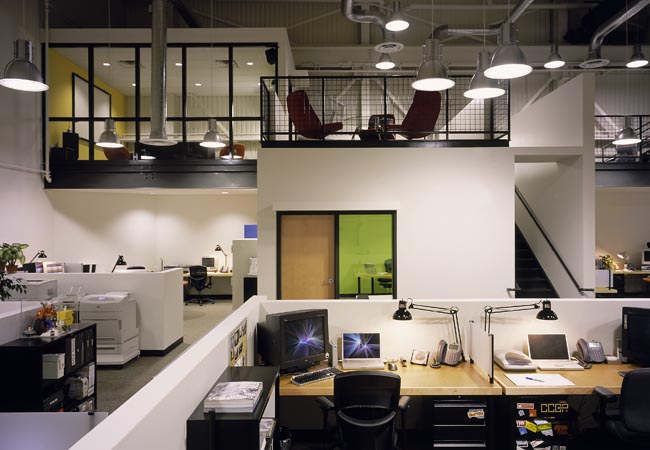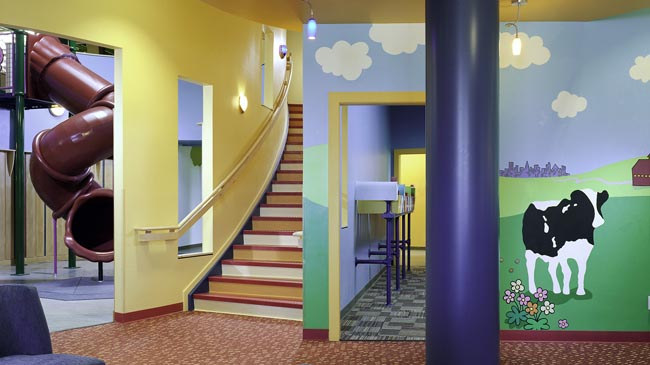Innovation at Work: Communicating Your Brand with Your Interior
Your company’s physical space can speak volumes.
As printed in the Burlington Free Press, Sept 12, 2013:
Most companies today understand the importance of a strong brand, and they may be very good at developing that brand through traditional marketing tools such as advertising and graphic design. But the most innovative companies recognize the link between their brand and their physical space, and how the two can mutually support and define each other.
The impact on the customer is clear. How a person feels when entering a space can have a profound effect on their overall lasting impression of a business, and it can be a key factor in whether that person decides to return.
Another major benefit comes from the employees. Your employees are your best brand ambassadors. They know your business and can communicate a positive message to their peers about your company. They inhabit the workplace on a daily basis, so by instilling your brand into the physical space, you are helping to cultivate a broader brand message through them.

One of the goals of a strong brand is differentiation: creating a distinction between your business and your competitors. In many cases, local companies are competing against websites without any physical address at all. Reinforcing your physical space with your branding strategy is a great way to set yourself apart.
By creating a branded interior, your space becomes a language that communicates values, something that is increasingly important in today’s marketplace. Consumers today often treat their spending decisions as a vote in something they believe in. Job seekers often look for employers who give them a feeling of contributing to a greater good. Architecture can play a huge role in this proposition of values.
Here in Vermont, many companies hold similar values and borrow from the brand image of our home state. Vermont is fortunate to have a strong, recognized brand. It is family-friendly, natural, and independent. Vermont is known for its pastoral beauty, but also for its quirky, unconventional companies like Ben & Jerry’s and Burton Snowboards. Both are examples of local companies that have been successful at defining their company values and translating them to the built environment.

One of the strongest values instilled in Vermont’s brand, and many of her local businesses, is the dedication to environmental stewardship. To support this effort, the U.S. Green Building Council has developed a number of tailored versions of their green building rating system for specific project types. One of these, LEED-CI, is geared specifically for commercial interiors, and allows a tenant to certify that their interior fit-up was built according to a series of sustainable design principals. LEED-CI is customized to the build-out of interior space, focusing on energy efficiency, indoor air quality, and sustainable materials.
Sustainability is just one of many values that can be communicated through architecture and interior design. Others may include social equity, autonomy, transparency, diversity, and creativity. Whatever the message, be it playful and quirky, or strong and serious, the innovation is in how these values are translated into a company’s physical workspace, building brand recognition, customer loyalty, and employee satisfaction.